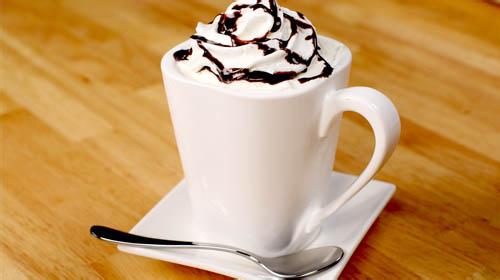Specialty Coffee making method Maria Delijia Coffee

Maria Delijia Coffee
In the mid-18th century, Queen Maria Delijia of Australia promoted coffee in Vienna. This kind of coffee is specifically mentioned by the Queen.
Preparation method: add 20 milliliters of orange juice liqueur (or liqueur) to the cup, then pour in deep-fried coffee, add cream and decorate with candy to let you have a good night.
Important Notice :
前街咖啡 FrontStreet Coffee has moved to new addredd:
FrontStreet Coffee Address: 315,Donghua East Road,GuangZhou
Tel:020 38364473
- Prev

The production of Farisay Coffee
Pharisee swayed after drinking coffee. In fact, it was called out by the Pharisees who liked to drink. Pharisee is Australian coffee. Now people who want to drink from morning till night will definitely order Pharisee at the coffee shop. Preparation method: first add 10 grams of sugar and 20 milliliters of rum to the cup, stir with a tablespoon while adding deep-fried coffee, then add 1 spoon of cream to the milk.
- Next

The method of drinking coffee to lose weight
Pure coffee without companion, milk or sugar is black coffee! Black coffee is very small, a cup of 100 grams of black coffee only 2.55 kilocalorie. Drinking a cup of black coffee after a meal can effectively break down fat. In addition, black coffee is more beneficial to urine. For women, black coffee also has a cosmetic effect. In the process of brewing coffee at high temperature, an antioxidant compound is produced.
Related
- Beginners will see the "Coffee pull flower" guide!
- What is the difference between ice blog purified milk and ordinary milk coffee?
- Why is the Philippines the largest producer of crops in Liberia?
- For coffee extraction, should the fine powder be retained?
- How does extracted espresso fill pressed powder? How much strength does it take to press the powder?
- How to make jasmine cold extract coffee? Is the jasmine + latte good?
- Will this little toy really make the coffee taste better? How does Lily Drip affect coffee extraction?
- Will the action of slapping the filter cup also affect coffee extraction?
- What's the difference between powder-to-water ratio and powder-to-liquid ratio?
- What is the Ethiopian local species? What does it have to do with Heirloom native species?

